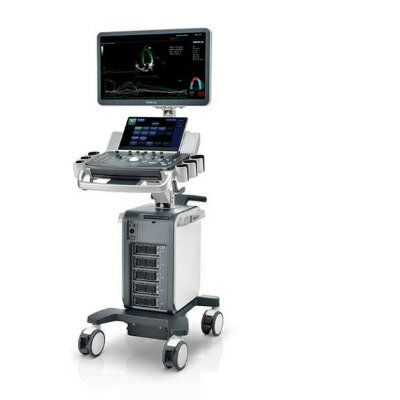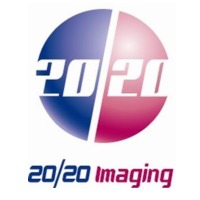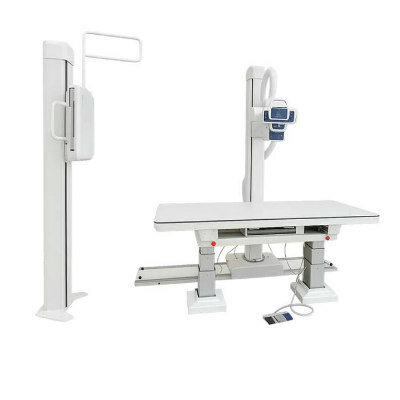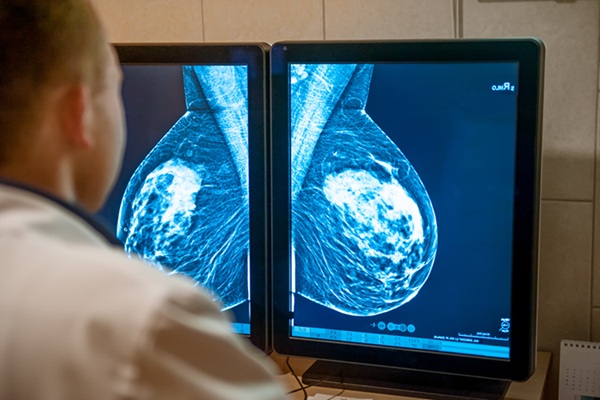Stereotactic Ablative Radiotherapy Used to Treat Early-Stage Lung Cancer in Operable as well as Inoperable Patients
By MedImaging International staff writers
Posted on 15 May 2012
Noninvasive stereotactic ablative radiotherapy (SABR), a radiosurgical application used in the body, has been shown to be a viable option for treating operable cases of early-stage lung cancer, with outcomes that compare favorably to more invasive surgery, according to new findings.Posted on 15 May 2012
The study’s findings were published in the May 2012 issue of the International Journal of Radiation Oncology, Biology, Physics. Speaking at a symposium sponsored by Varian Medical Systems (Palo Alto, CA, USA) in Las Vegas, NV, USA, in April 2012, co-author Ben Slotman, M.D., Ph.D., of the VU University Medical Centre (Amsterdam, The Netherlands) reported that, for potentially operable patients with stage I non-small cell lung cancer (NSCLC), SABR generated tumor control rates that are comparable to those achieved using surgery.
Prof. Slotman and his colleagues retrospectively reviewed records for lung cancer patients who were treated in his department between 2003 and 2010. Among about 1,000 patients treated with SABR, the researchers identified 177 (101 males and 76 females) who could have been candidates for surgery but who instead received SABR.
“Among these patients, the one- and three-year survival rates were 95% and 85% respectively,” said Dr. Slotman. “The local tumor control rate after three years was 93%, and the median overall survival time was 61.5 months. No patients died in the first 30 days after treatment. Had these patients been treated surgically, we would have expected a 2.6% mortality rate, based on the Thoracoscore predictive model.”
Forty-two percent of patients in the study reported no early side effects with the SABR treatments. Those that did experience early side-effects experienced fatigue (25%), cough (14%), local chest wall pain (11%) and dyspnea (10%), with some patients reporting more than one side effect. Most side effects were mild. Late side effects of SABR consisted of radiation pneumonitis in two percent of patients and rib fractures in three percent of patients.
The study authors concluded that NSCLC patients with potentially operable disease who underwent SABR had an excellent outcome after SABR. “This finding supports ongoing randomized studies comparing surgery and SABR in patients with operable stage I NSCLC,” said Dr. Slotman.
In another presentation, Jeffrey Bradley, M.D., professor of radiation oncology at Washington University in St. Louis (MO, USA), provided an overview of a phase III randomized trial that is now accruing patients and will attempt to compare surgery with stereotactic body radiotherapy (SBRT) more systematically. SBRT is a term used interchangeably with SABR; both refer to a way of treating a tumor with a carefully shaped and precisely targeted high-energy radiation beam to damage tumor cell DNA and destroy the cancer cell. The trial is being jointly sponsored by the American College of Surgeons Oncology Group (ACOSOG) and by the Radiation Therapy Oncology Group (RTOG), two organizations that manage cancer treatment studies in the United States.
“The earlier side-by-side comparisons, such as the study by Dr. Slotman and his colleagues, have suggested that SBRT provides similar overall and cause-specific survival rates compared to surgery,” said Dr. Bradley. “However, these studies use non-randomized data and often compared a relatively healthy population of patients who had surgery with a less healthy, population treated using SBRT. The ACOSOG/RTOG trial seeks to balance the health of patients in both study arms to determine more definitively whether surgery and SBRT provide similar cure and toxicity rates. This is a very important study because it will help to define the optimal management of patients with early-stage lung cancer,” Dr. Bradley added.
The two clinical experts spoke in May 2012 to members of the American Radium Society at a satellite symposium that took place during the Society’s 94th annual meeting in Las Vegas, NV, USA.
Related Links:
Varian Medical Systems
VU University Medical Centre
Washington University in St. Louis














